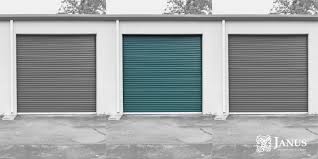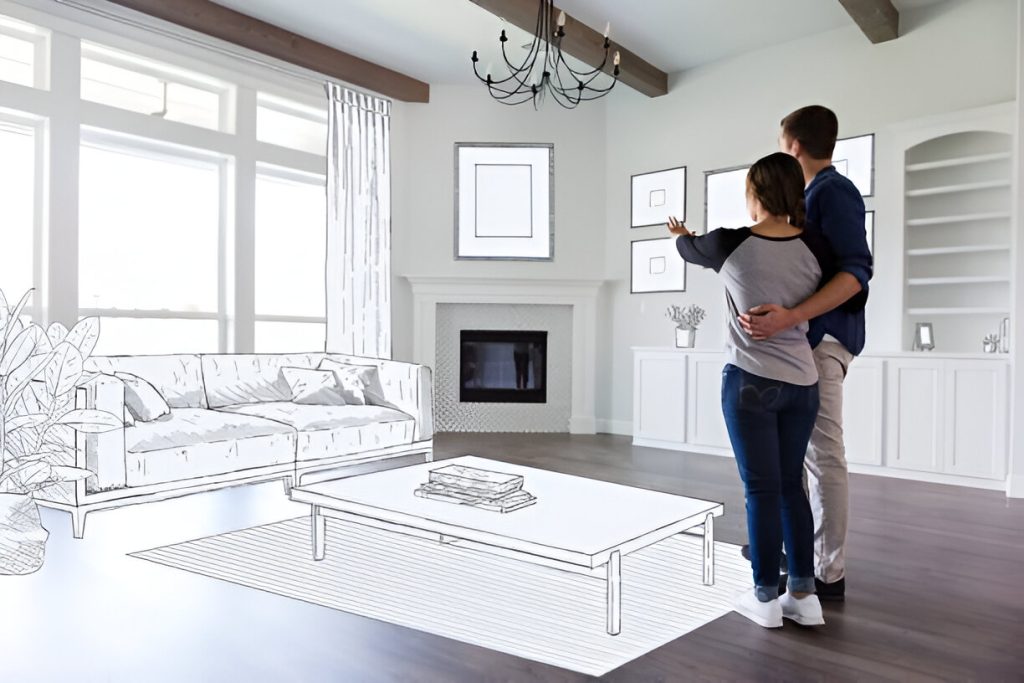As you stand before the choice between a roll-up door and a traditional garage door, the nuances may seem subtle but hold significant implications. Exploring the functionality and design of these two options can shed light on which might best suit your needs. From the compact coil design of roll-up doors to the track-operated mechanism of garage doors, each offers unique advantages worth considering. Delve into the world of garage door options to uncover the intricacies that can influence your decision and elevate your understanding of these essential home features.
Key Differences in Mechanism
When comparing the mechanism of roll-up doors and garage doors, a significant distinction lies in how each type operates and retracts to secure the space. Roll-up doors, commonly used in commercial settings, function by pulling the doors into a compressed coil, offering a small footprint when retracted. These doors can be installed both inside and outside garages, providing space efficiency and versatility. On the other hand, sectional steel doors, often found in residential garages but suitable for commercial buildings as well, have wide panels that can be customized to meet specific requirements. They roll up and lay flat against the ceiling when opened, offering different installation variations based on budgets and preferences. Roll-up doors excel in space efficiency due to their compact coil design, while sectional doors offer various customization options to cater to different needs. Understanding these mechanism differences can help in selecting the most suitable door for your space.
Variances in Installation Options
For optimal installation of garage doors, consider the variances in mounting options to ensure efficient utilization of space and functionality. When choosing between a roll-up door and a garage door, several factors come into play that can impact the installation process. Here are some key points to consider:
- Installation Flexibility:
- Rolling steel doors can be mounted to walls, offering versatility in placement.
- Sectional steel doors require ceiling or roof support, limiting installation options.
- Different lift mounts are available for both types, catering to specific installation needs.
- Mechanism Comparison:
- Rolling steel doors retract into a compact coil, ideal for limited overhead space.
- Sectional steel doors lay flat against the ceiling, taking up more overhead space.
- Understanding the mechanism differences can help determine the most suitable option for your space.
- Cost Considerations:
- Steel sectional doors are generally more cost-effective upfront.
- Rolling steel doors have smaller lifetime costs and require less maintenance, offering potential long-term savings.
Distinctions in Customization Features
To understand the distinctions in customization features between roll-up steel doors and sectional steel doors, consider the unique design elements that cater to varying preferences and requirements. Customization options for roll-up steel doors include precise sizing tailored to fit specific dimensions, while sectional steel doors offer versatile customization possibilities such as panel design variations. Mechanism comparison shows that roll-up doors retract into compact coils, ideal for limited spaces, whereas sectional doors lay flat against the ceiling, requiring more overhead room. Installation flexibility favors roll-up doors that can be mounted indoors or outdoors, while sectional doors need proper ceiling or roof support. Space efficiency is better with roll-up doors, as they have a smaller footprint when retracted, maximizing available space. Cost considerations lean towards sectional doors being more cost-effective initially, whereas roll-up doors have lower lifetime costs and maintenance needs. When choosing between the two, factor in these customization options to meet your specific requirements effectively.
Disparities in Space Utilization
Consider the disparities in space utilization between roll-up steel doors and sectional steel doors to optimize your garage or commercial space efficiently.
- Space Efficiency:
- Steel sectional doors take up more overhead space.
- Rolling steel doors compact into a coil, ideal for limited overhead space.
- Consider existing resources like fire sprinklers and lighting when choosing.
When comparing the mechanisms of these doors, sectional steel doors have wider panels that roll up and lay flat against the ceiling. Conversely, rolling steel doors retract into a compressed coil, offering a smaller footprint when opened. This difference in mechanism affects how space is utilized in your garage or commercial setting.
Installation flexibility is crucial in maximizing space utility. While sectional doors require ceiling or roof support, rolling doors can be mounted to walls. This flexibility allows for better customization options based on your space requirements, ensuring cost considerations are taken into account for an efficient utilization of the available space.
Varied Cost and Maintenance Factors
Discussing the varied cost and maintenance factors for different types of garage doors involves analyzing their long-term durability and security features. When considering cost considerations, sectional steel doors are generally more cost-effective upfront, but rolling steel doors have smaller lifetime costs due to requiring less maintenance. Maintenance tips for sectional doors include regular inspection of mechanical components that may break down over time, while rolling doors with fewer exposed parts typically experience less wear and tear. Energy efficiency is comparable between the two types, but security features differ slightly with both providing good security for garage contents. Durability factors should be evaluated based on material strength, with steel sectional doors available in different gauges affecting insulation levels. Grease-coated springs in rolling doors resist rust and low temperatures, contributing to their longevity. When making a decision, it’s essential to balance budget constraints, long-term maintenance needs, and security considerations to choose the most suitable garage door for your specific requirements.
Contrasts in Security Components
Contrasting the security components of sectional steel doors and rolling steel doors reveals distinct features that impact the overall safety and protection of your garage contents.
- Security Features:
- Rolling steel doors have fewer exposed parts, leading to less wear and tear over time.
- Both door types ensure the security of garage contents, providing peace of mind.
- Routine inspections are crucial for maintaining security and safety standards.
- Mechanism Operation:
- Rolling steel doors retract into a compact coil, utilizing a mechanism that minimizes moving parts.
- Sectional steel doors operate by rolling up and laying flat against the ceiling, with mechanisms that ensure smooth functionality.
- Understanding the mechanism operation aids in choosing the door type that aligns with your security preferences.
- Installation Methods:
- Rolling steel doors can be mounted to walls, offering flexibility in installation options.
- Sectional steel doors require ceiling or roof support, impacting the installation process and space utilization.
- Consider installation methods to optimize space efficiency and security features based on your garage setup.
Diversity in Material and Insulation
When exploring the diversity in material and insulation options for steel garage doors, understanding the construction materials and insulation properties is crucial for making informed decisions. Steel garage doors offer various material options with different benefits. Insulation not only impacts energy efficiency but also plays a role in noise reduction. The design versatility of different materials allows for customization based on your preferences. Additionally, installation flexibility is influenced by the type of material chosen for the garage door.
| Material Options | Benefits |
|---|---|
| Steel | – Durable |
| Aluminum | – Lightweight |
| Wood | – Classic look |
| Fiberglass | – Low maintenance |
| Vinyl | – Cost-effective |
Energy efficiency is essential for reducing heating and cooling costs. Noise reduction can enhance the comfort of your space. Design versatility allows you to match the garage door to your home’s aesthetic. Installation flexibility ensures a smooth and tailored fit for your garage. Consider these factors when selecting the material and insulation for your steel garage door.





